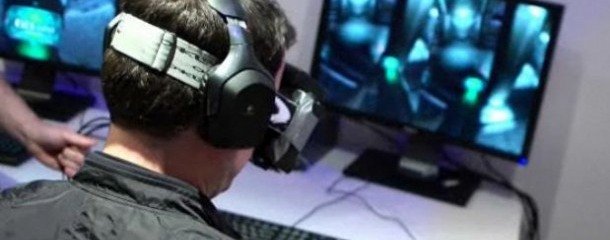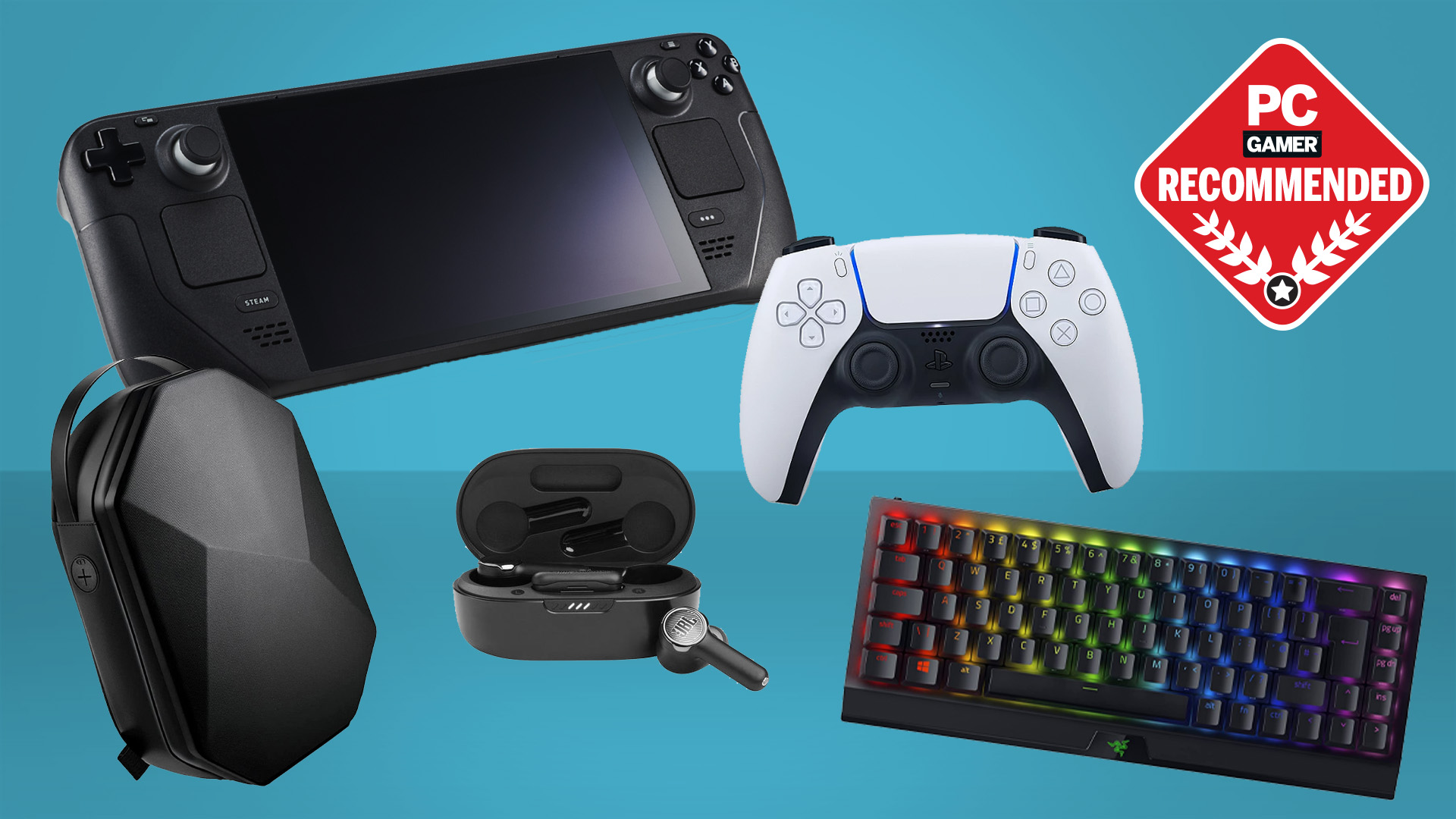Valve: Virtual-reality hardware needs a "Kobayashi Maru moment"

Ladies and gentlemen of PC gaming, we've officially come full circle: A gaming studio used a Star Trek reference while discussing the future of virtual reality on the internet. In a lengthy dissertation posted last week on the Valve Time blog , programmer Michael Abrash stated display latency represents the primary bottleneck VR hardware—including Valve's secretive wearable computing project—needs to address when compared to the eye's behavior in the real world. The post also apparently proves Valve's slow transformation into a real-life Aperture Laboratories.
On the basic level, VR latency measures the time elapsed between moving your head and how fast the projected image gets redrawn with all objects in their correct positions relative to your viewing angle. Abrash claims modern hardware accomplishes this at a 26 millisecond latency—a blazingly fast dot of time in general, but too slow for the purposes of VR.
"If too much time passes, the virtual image will drift far enough so that it has clearly wobbled (in virtual reality), or so that is obviously no longer aligned with the same real-world features (in augmented reality)," Abrash wrote. "For reference, games generally have latency from mouse movement to screen update of 50 ms or higher (sometimes much higher). VR is so much more latency-sensitive than normal games because they're expected to stay stable with respect to the real world as you move, while with normal games, your eye and brain know they're looking at a picture." It almost sounds like the first step to breaking out of The Matrix.
Knocking down latency to around 7 milliseconds is the ultimate goal, according to Abrash. Current hardware offerings limit options, however, and Abrash predicted the need for a "Kobayashi Maru moment"—a Trek-ified analogy for a sudden "Eureka!" realization—to truly propel VR systems to that magical milestone.
"There is no way to get low enough display latency out of existing hardware that also has high enough resolution, low enough cost, appropriate image size , compact enough form factor and low enough weight, and suitable pixel quality for consumer-scale AR," he wrote. "Someone has to step up and change the hardware rules to bring display latency down. It's eminently doable, and it will happen—the question is when, and by whom. It's my hope that if the VR market takes off in the wake of the Oculus Rift 's launch, the day when display latency comes down will be near at hand."
The biggest gaming news, reviews and hardware deals
Keep up to date with the most important stories and the best deals, as picked by the PC Gamer team.
Omri Petitte is a former PC Gamer associate editor and long-time freelance writer covering news and reviews. If you spot his name, it probably means you're reading about some kind of first-person shooter. Why yes, he would like to talk to you about Battlefield. Do you have a few days?


